Casa en El Torón clings to Mexico's Oaxaca coastline
Casa en El Torón by IUA Ignacio Urquiza Arquitectos – Oaxacan home in Mexico's Pacific Coast – is a striking contemporary house, while remaining humbly respectful to its environment, using local traditions and materials, and sustainable architecture
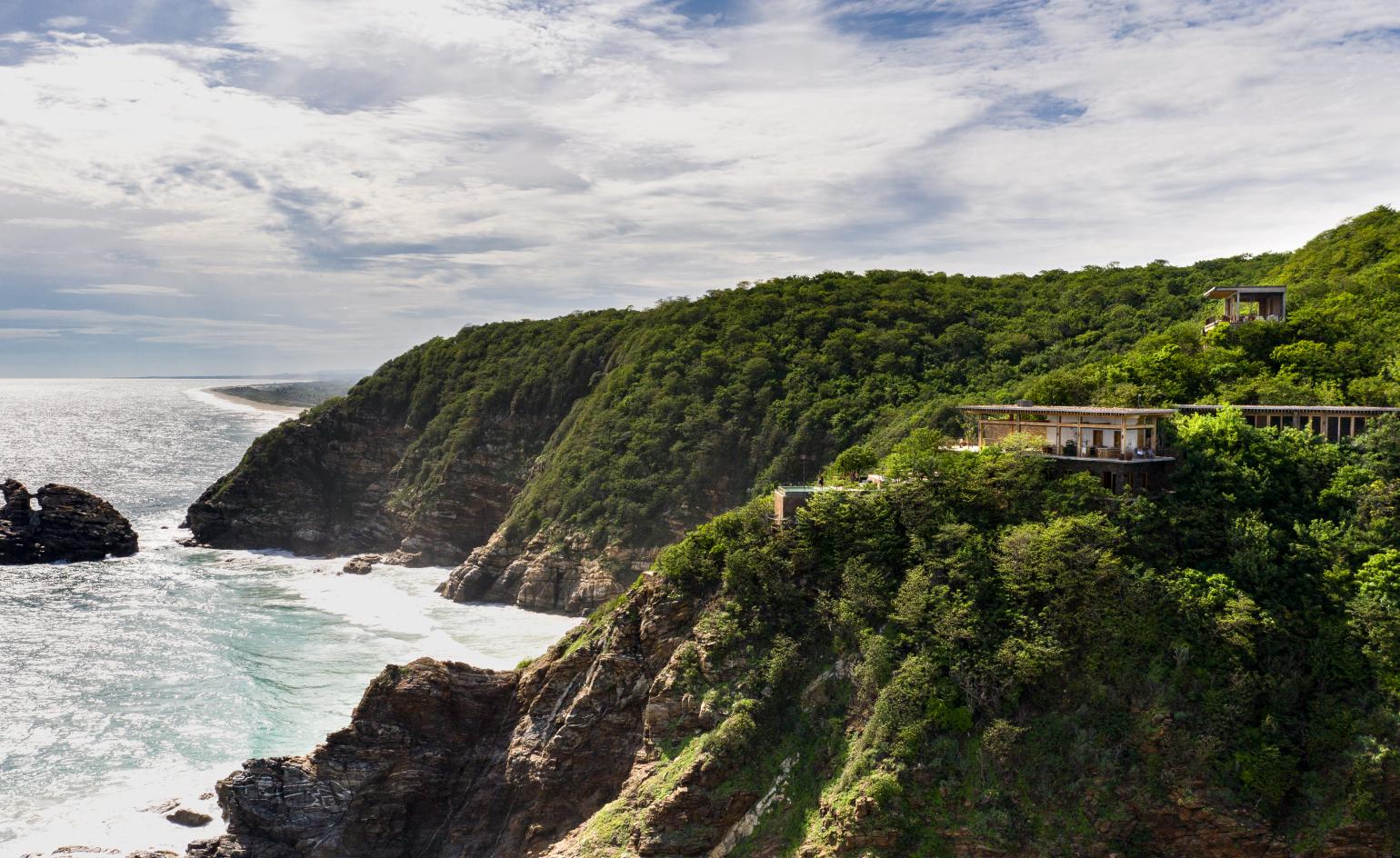
Onnis Luque - Photography
The nature reserve El Torón is located on Mexico's Pacific Coast, stretching 30 hectares of unspoiled, protected forest, mixing rich vegetation with ragged, rocky cliffs. This area of outstanding natural beauty is also the location of a sensitively designed, eco-friendly Oaxaca home, an extraordinary escape by Mexico City-based IUA Ignacio Urquiza Arquitectos who used sustainable architecture to striking visual and environmental effect.
Casa en El Torón draws on the traditions of Mexican architects such as Marco Aldaco, Mario Lazo, Diego Villaseñor and Jose Yturbe, who, since the 1970s, have championed an architecture that communes with its surroundings; buildings without doors or windows, that are open to nature and a site's character and context. Taking these learnings and applying traditional building techniques of the area – such as the use of palm roofs, local materials, lightweight structures and natural cross ventilation - Urquiza and his team moulded a house that sits comfortably and discretely in its green surroundings.
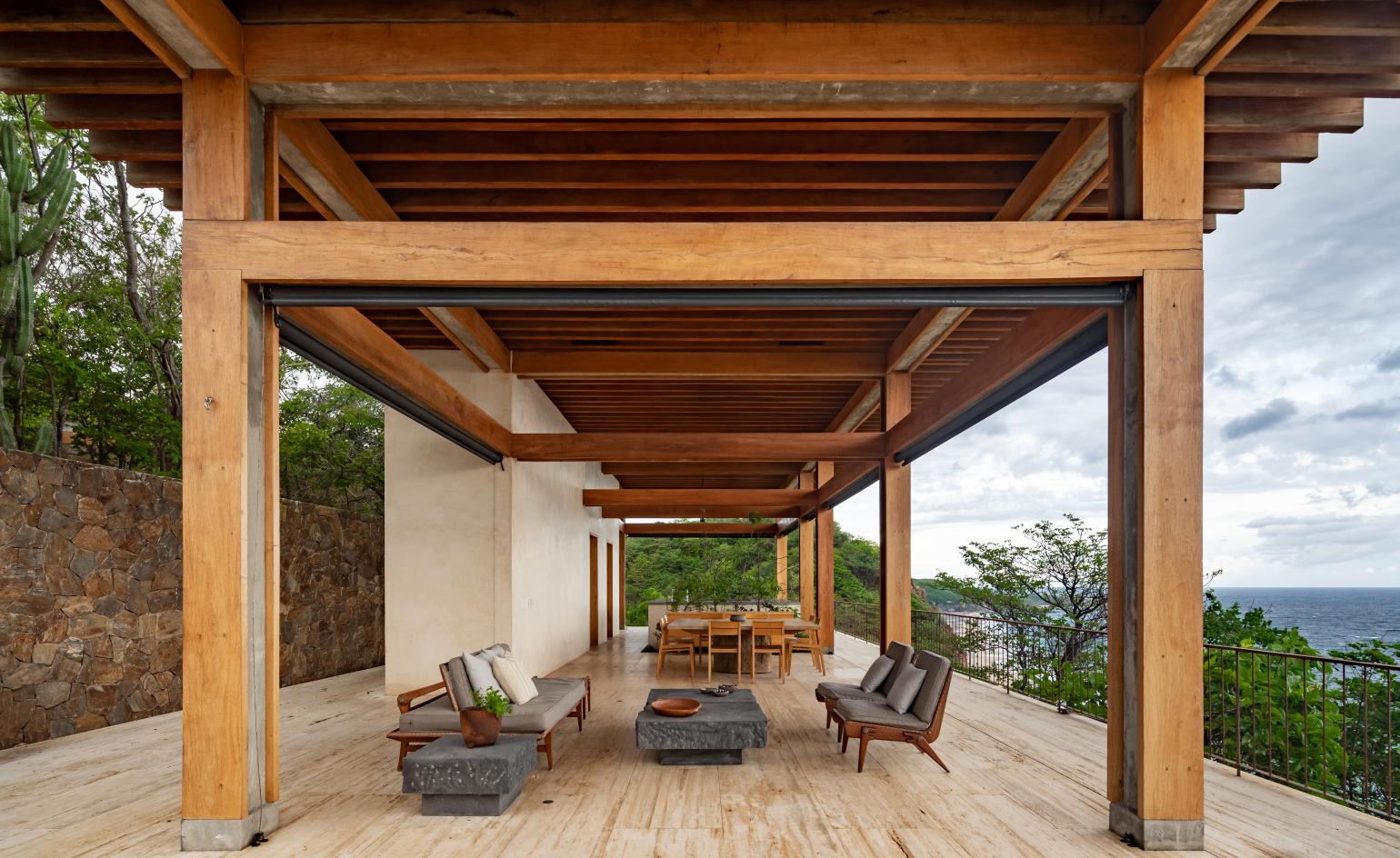
The architecture was conceived as a place dominated by open terraces that promote outdoors living. The building touches the ground as lightly as possible. The structure's main frame is made of certified tropical wood that is local to the region, stone from the site excavation itself, and light concrete slabs covered in chippings from the stonework, which enhances their thermal properties. Additionally, 80% of the vegetation affected during construction was immediately replanted.
‘The future of the coast depends on us, and we must ensure that the landscape and its flora and fauna are treated with care and responsibility. It is necessary to implement ideas of architecture and urban design with regenerative aims in mind,' says the architect. ‘This means making sites better places and seeking to preserve their values: not only maintaining current state but restoring them to what they once were, leaving in a better condition than we find them today.'
The Oaxaca home consists of three ‘modules'. One containing the main living spaces and master bedroom suite; and the other two hosting guest bedrooms and an additional family area. A series of outdoor circulation areas - bridges, walkways and clearings - connect everything, while seamlessly blending with nature. It's an approach many Mexican architecture practices have been doing with aplomb, resulting in striking examples such as Productora's brutalist jungle retreat and Alberto Kalach's Casona Sforza hotel.
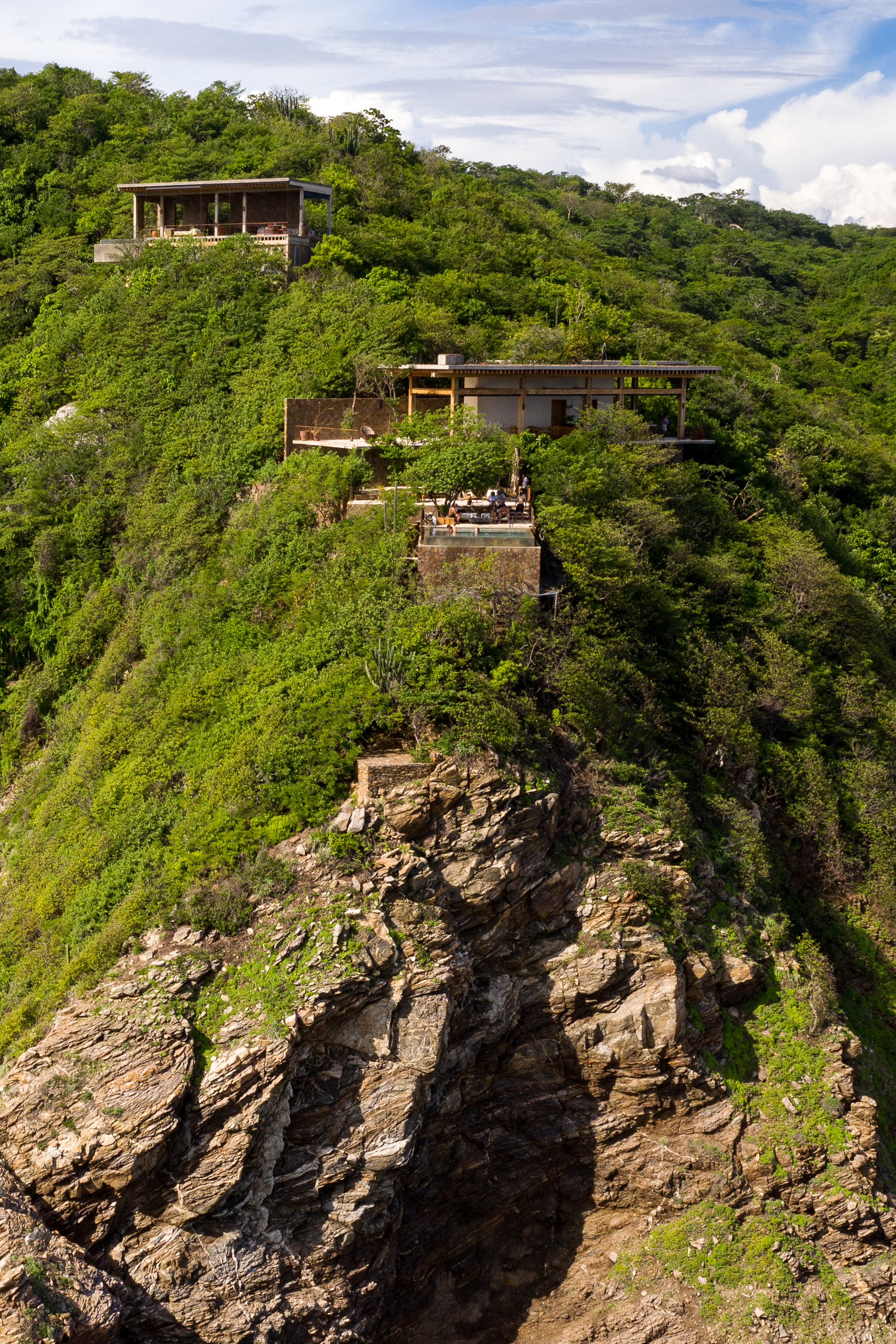
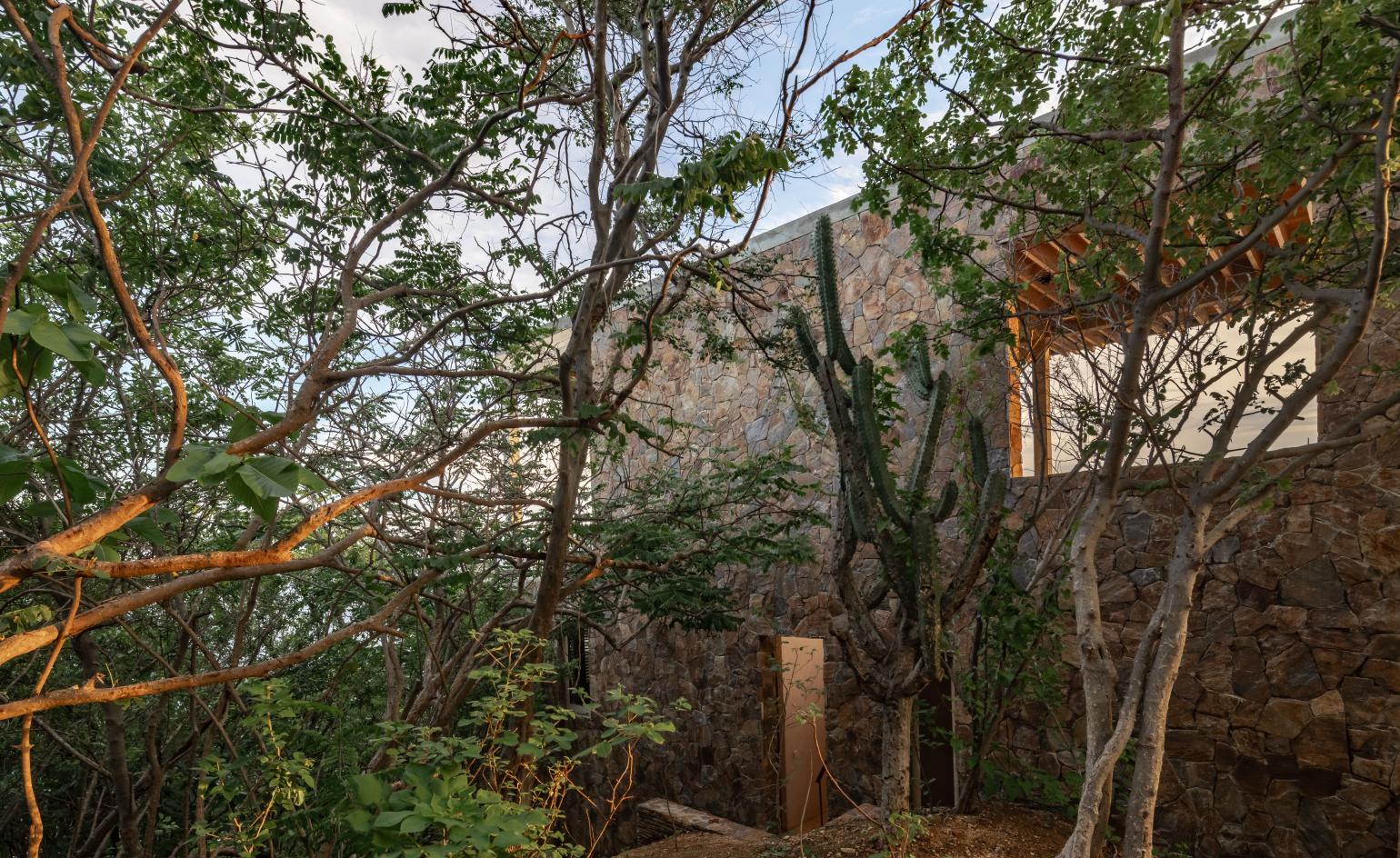
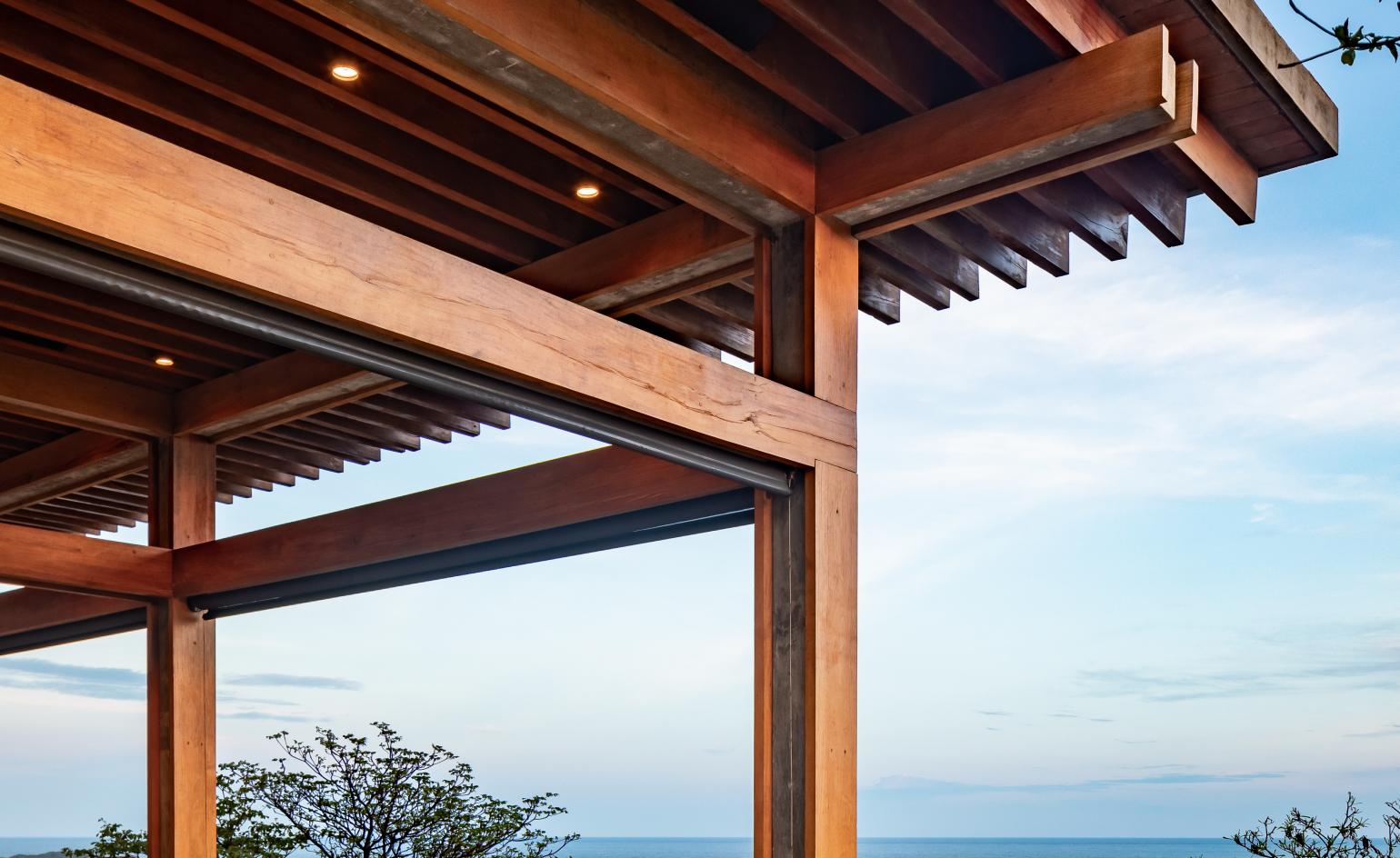
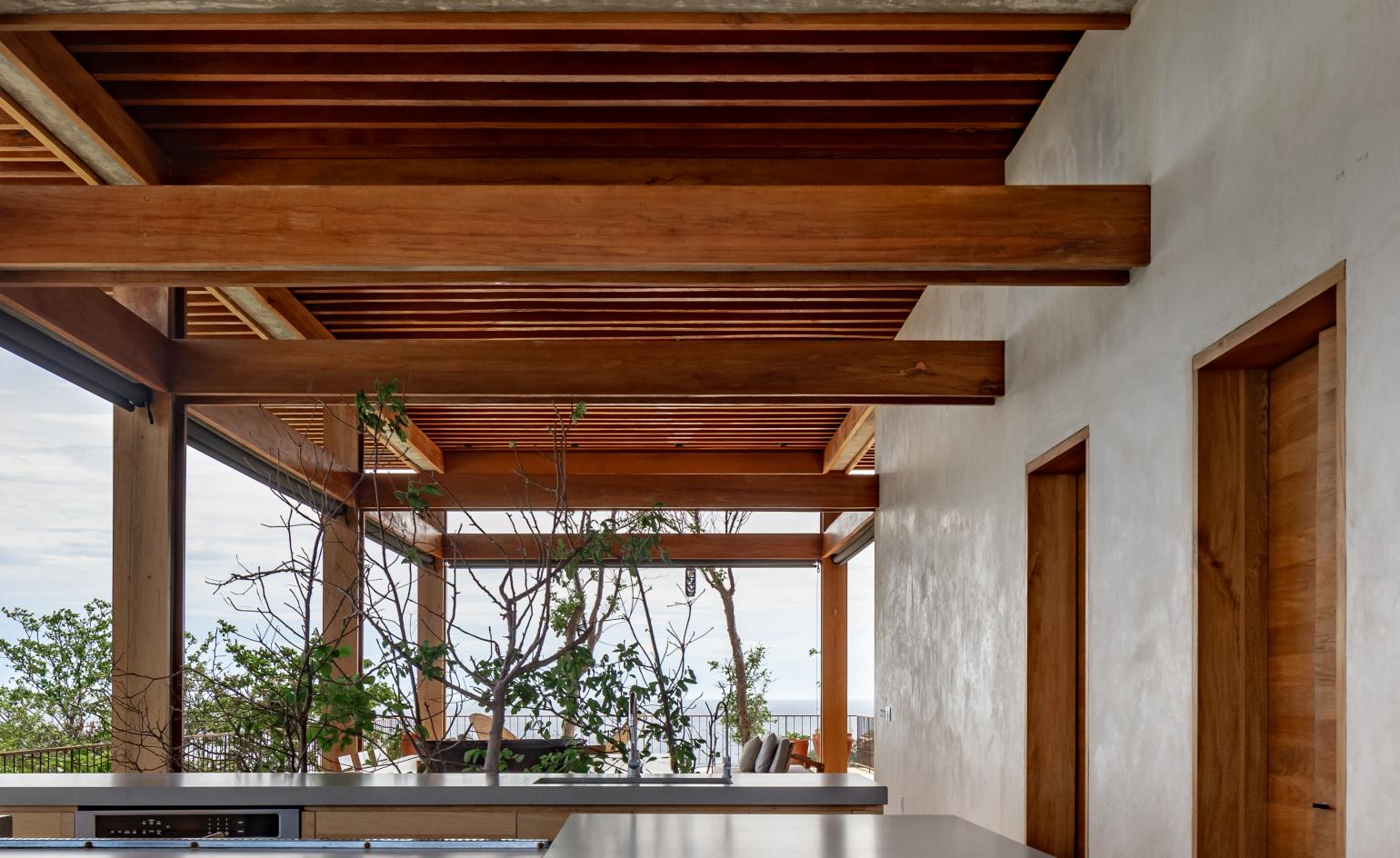
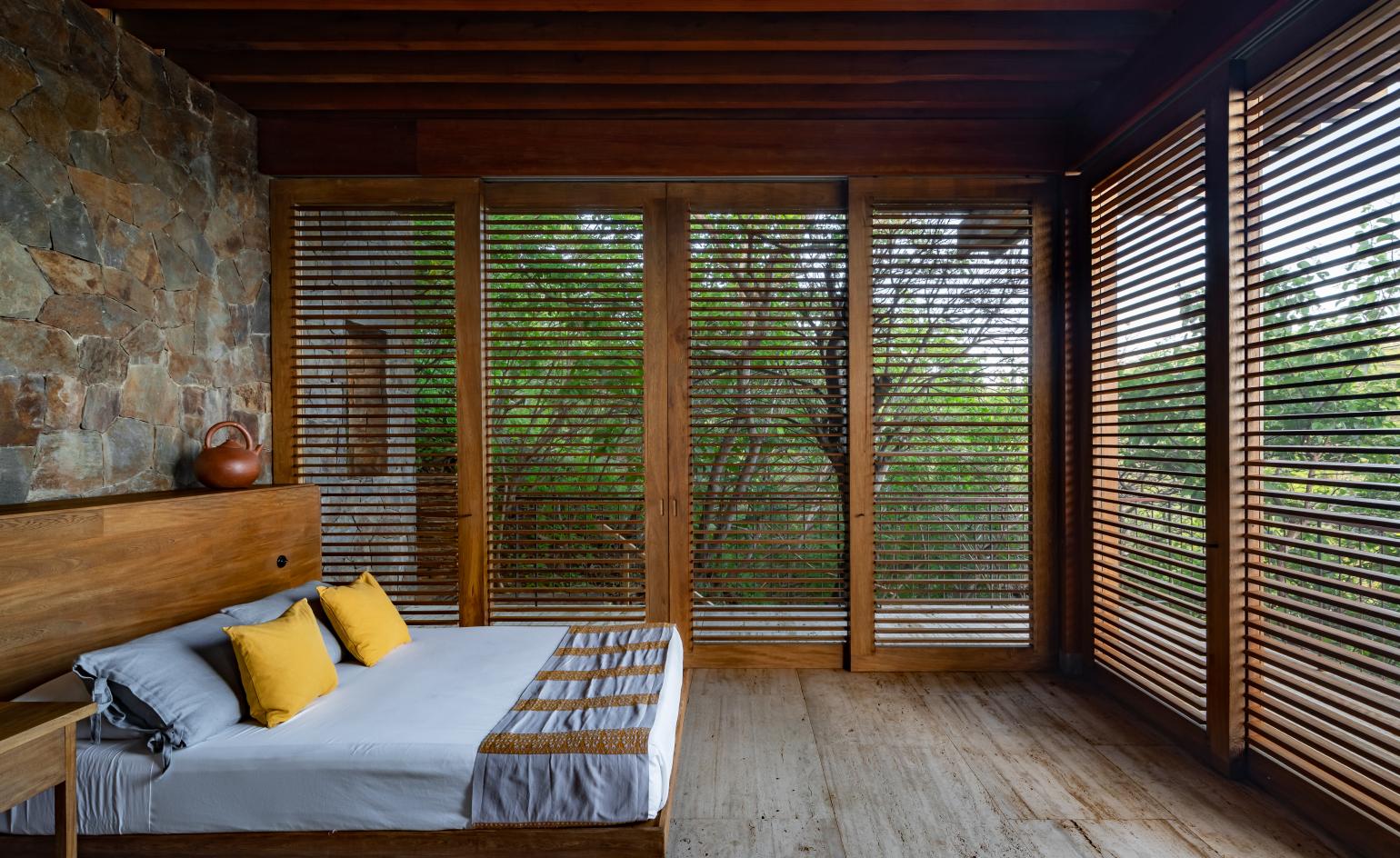
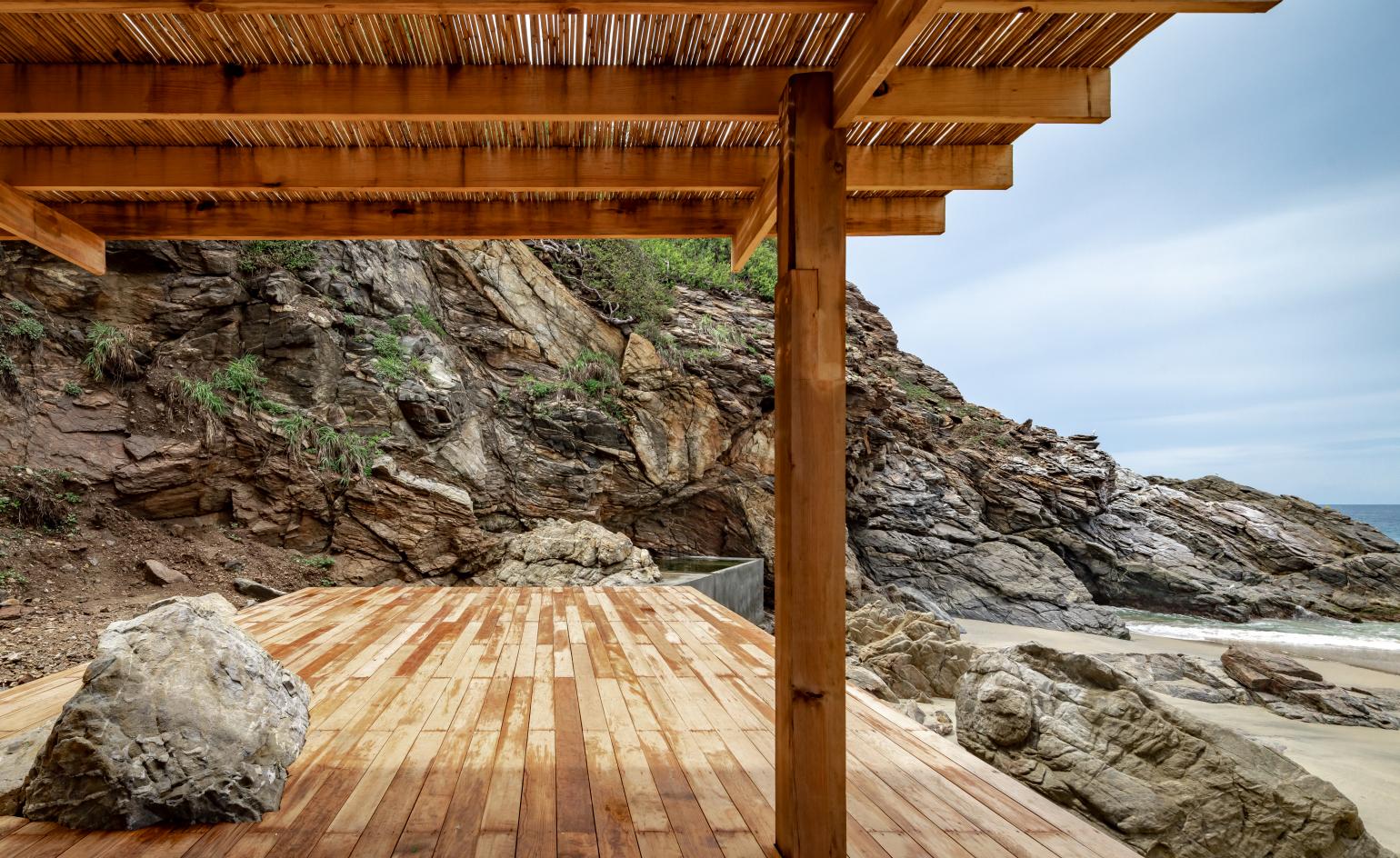
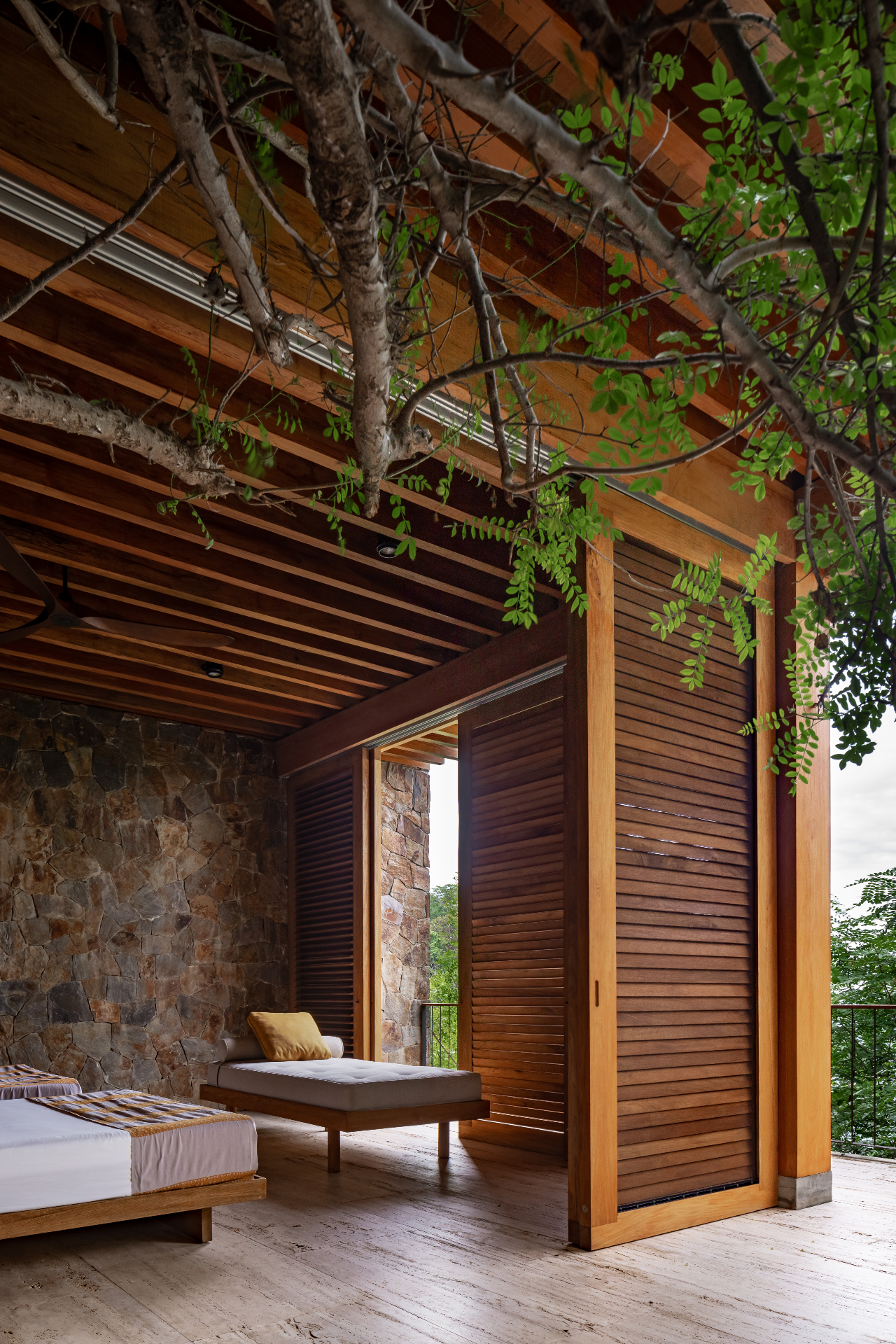
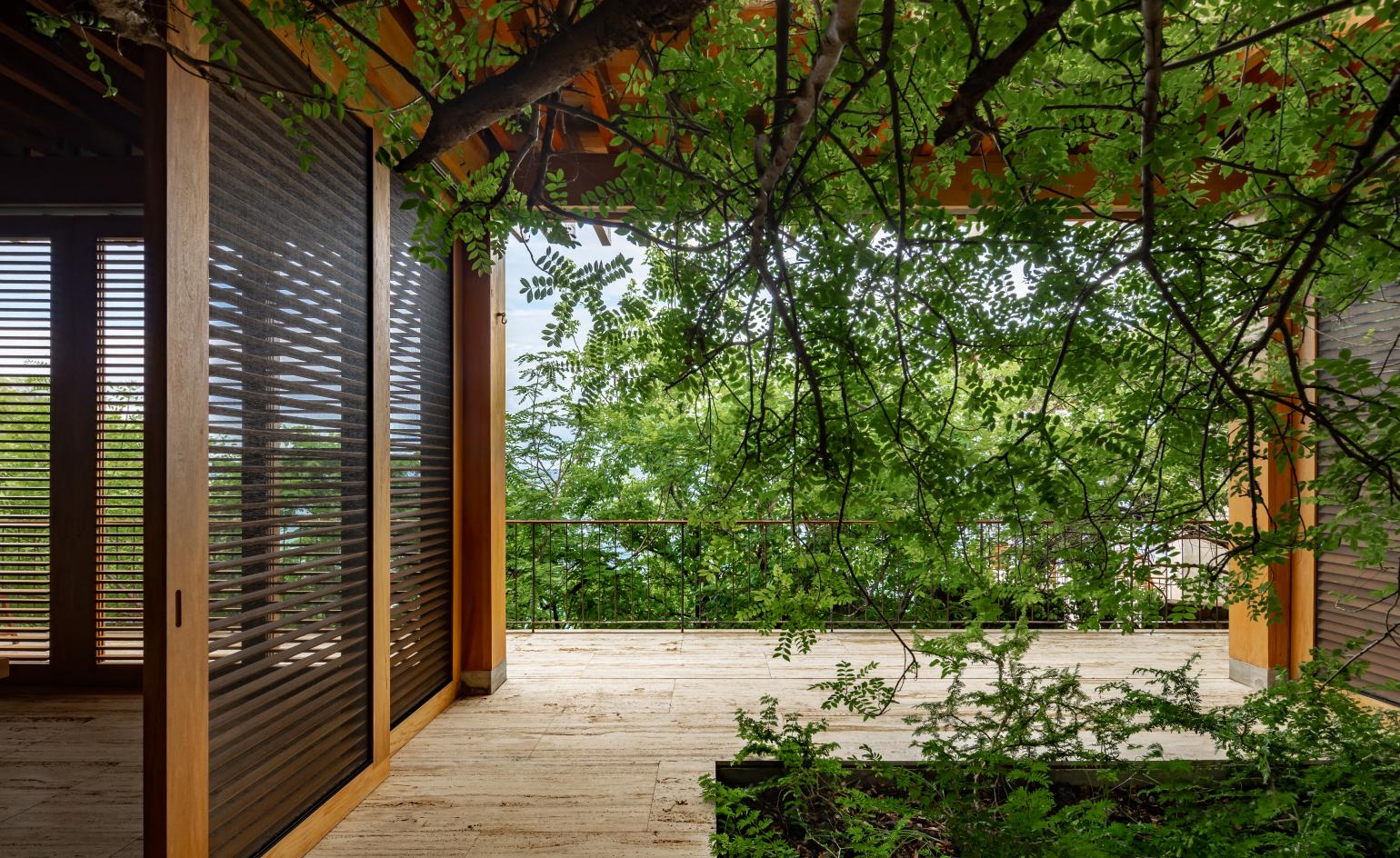
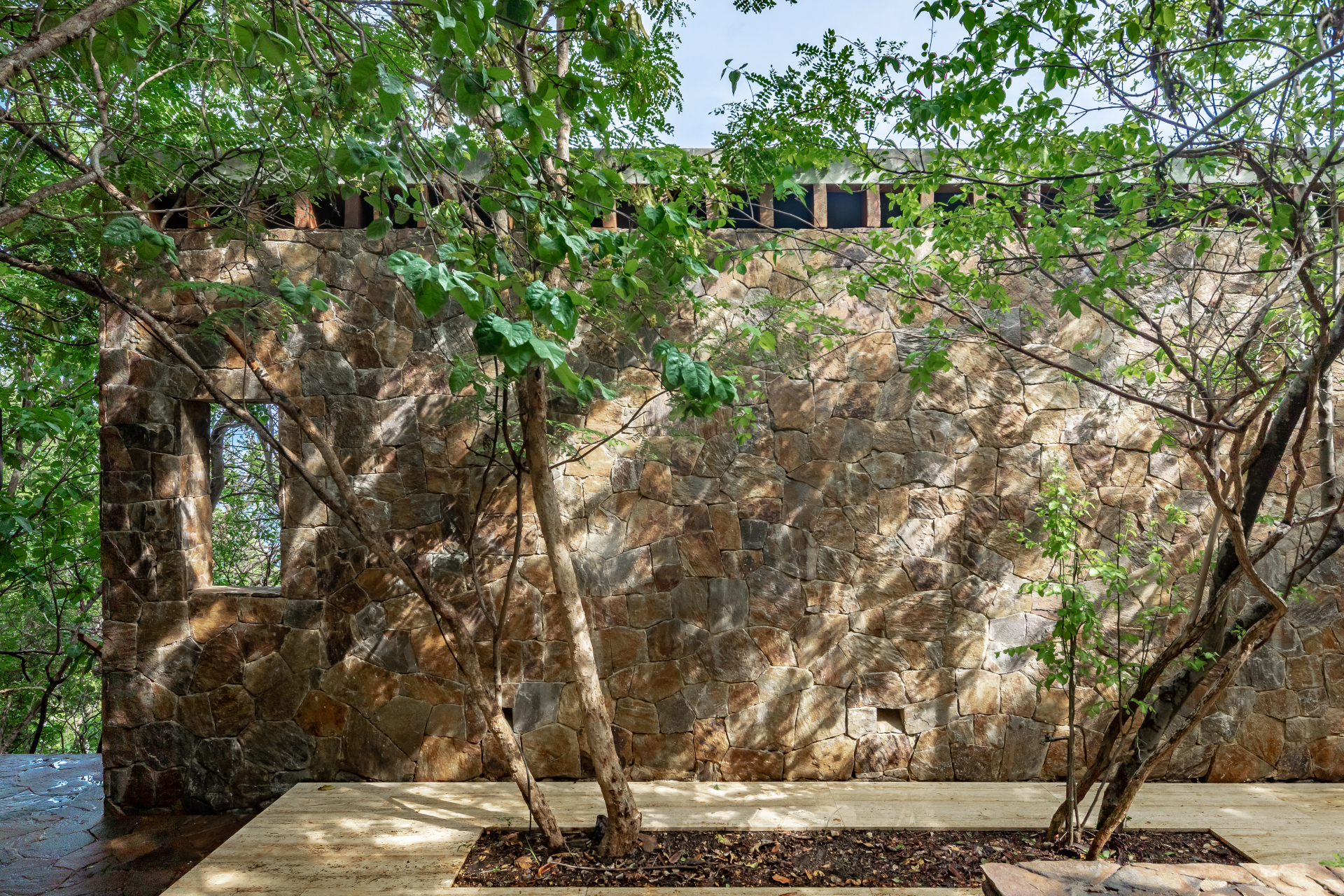
INFORMATION
ignaciourquiza.mx
Receive our daily digest of inspiration, escapism and design stories from around the world direct to your inbox.
Ellie Stathaki is the Architecture & Environment Director at Wallpaper*. She trained as an architect at the Aristotle University of Thessaloniki in Greece and studied architectural history at the Bartlett in London. Now an established journalist, she has been a member of the Wallpaper* team since 2006, visiting buildings across the globe and interviewing leading architects such as Tadao Ando and Rem Koolhaas. Ellie has also taken part in judging panels, moderated events, curated shows and contributed in books, such as The Contemporary House (Thames & Hudson, 2018), Glenn Sestig Architecture Diary (2020) and House London (2022).
-
 Will this be the world’s largest airport? Construction begins on King Salman International Airport, open by 2030
Will this be the world’s largest airport? Construction begins on King Salman International Airport, open by 2030Foster + Partners starts construction on its latest project, the expansion of an airport in Saudi Arabia, which could handle up to 100 million travellers a year
-
 Be at one with nature at this bucolic luxury lodge in New Zealand
Be at one with nature at this bucolic luxury lodge in New ZealandFollowing a year-long renovation, the storied Huka Lodge in Taupō reopens its doors with a fresher, more contemporary edge, still attuned to its surroundings
-
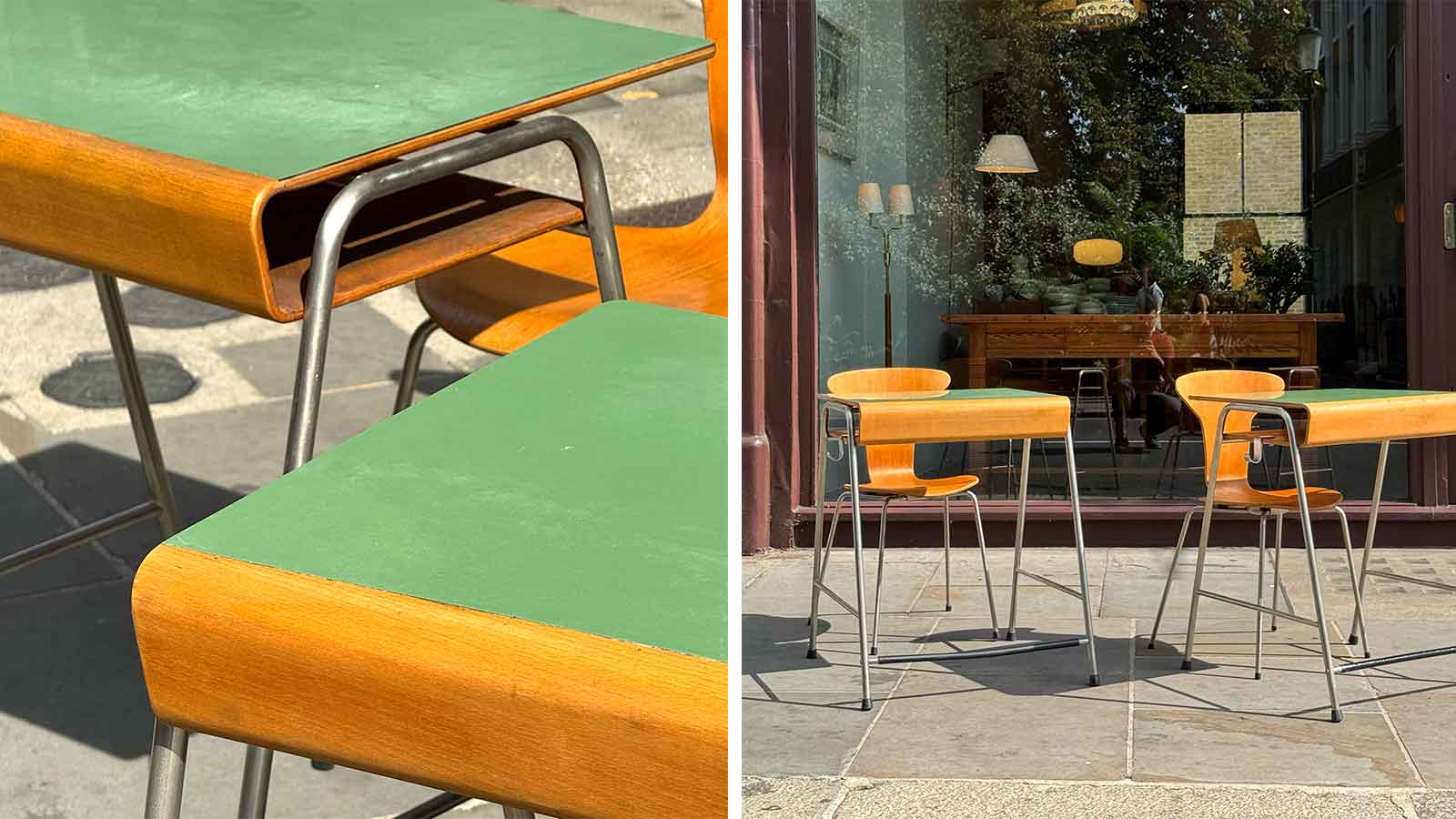 These vintage Arne Jacobsen desks and chairs are the perfect back-to-school inspiration
These vintage Arne Jacobsen desks and chairs are the perfect back-to-school inspirationOriginally designed by Jacobsen for Denmark’s Munkegaard School in 1956, these desks and chairs are now available from Sigmar, the London modernist design store
-
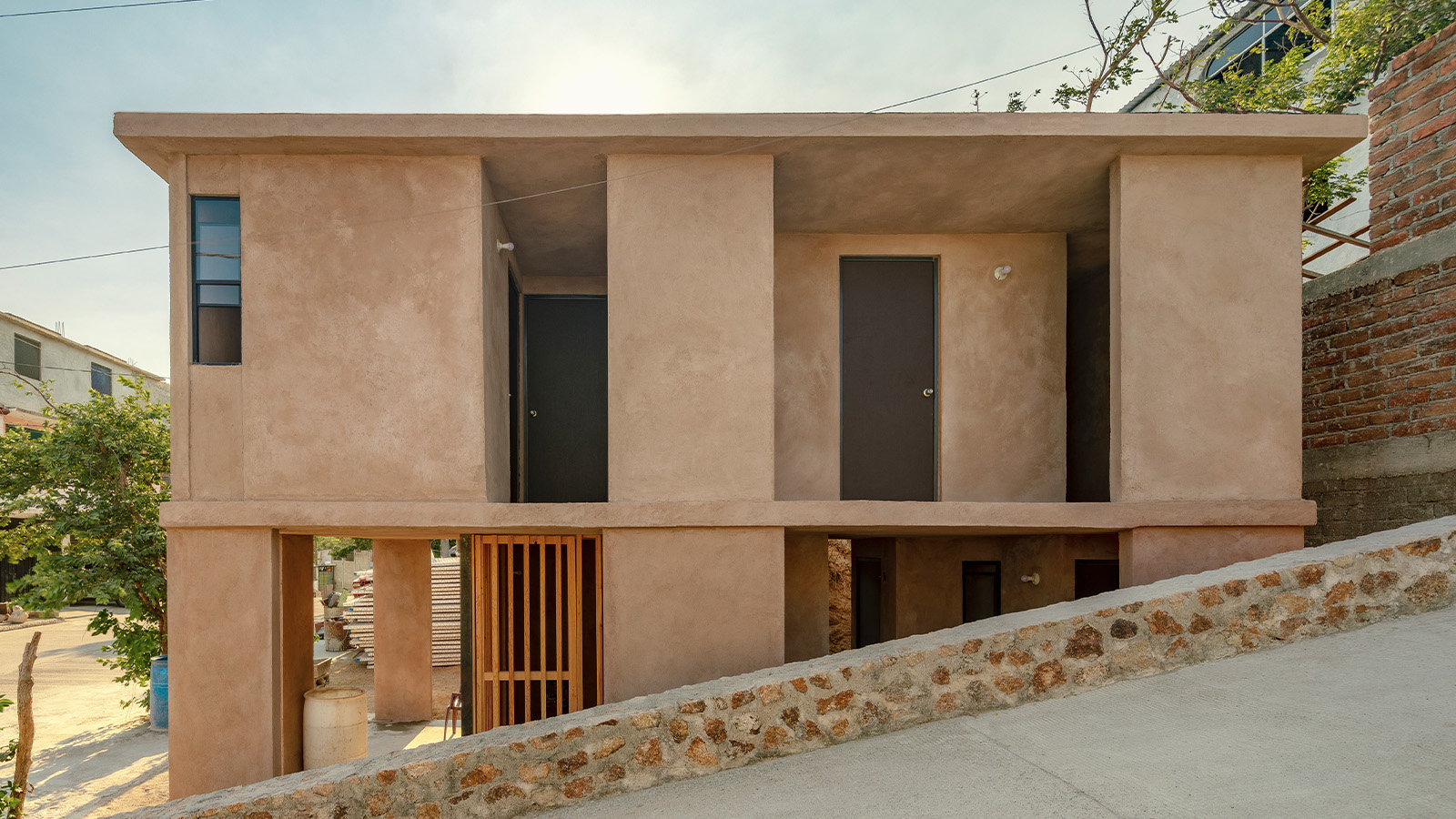 As climate disasters increase, can architecture respond? Kon-tigo, a post-hurricane Acapulco house design, shows us how
As climate disasters increase, can architecture respond? Kon-tigo, a post-hurricane Acapulco house design, shows us howKon-tigo is a housing project by Manuel Cervantes Estudio, which creates bioclimatic homes that address climate disasters and inequalities in Acapulco, Mexico
-
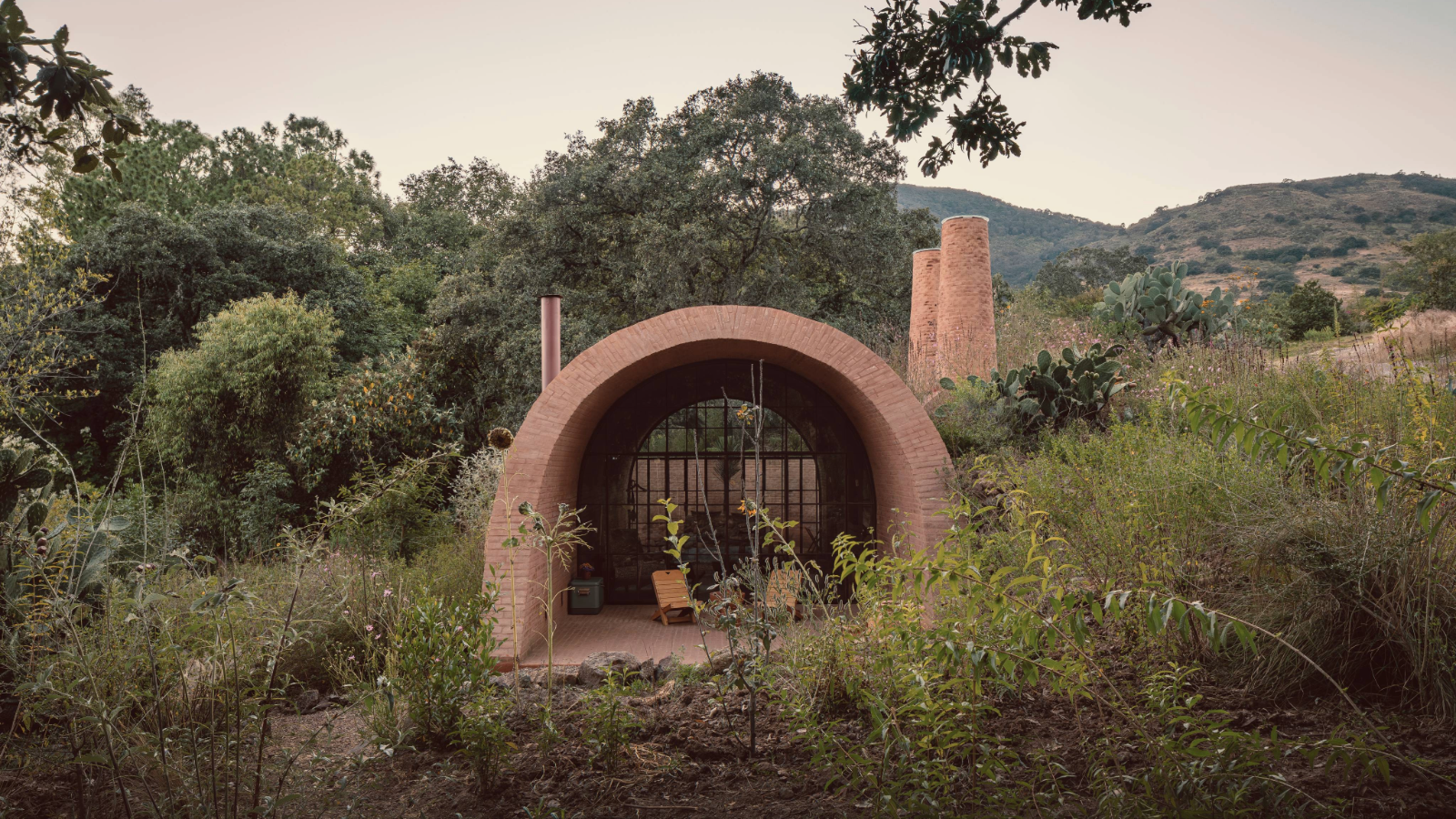 An eco-friendly Mexican ranch offers sleep under a beautifully crafted brick vault
An eco-friendly Mexican ranch offers sleep under a beautifully crafted brick vaultArchitects Goma have built a Mexican ranch with a stunning red-brick guest pavilion; Rancho El Ameyal is a lush eco-retreat in the central Mexican state of Querétaro
-
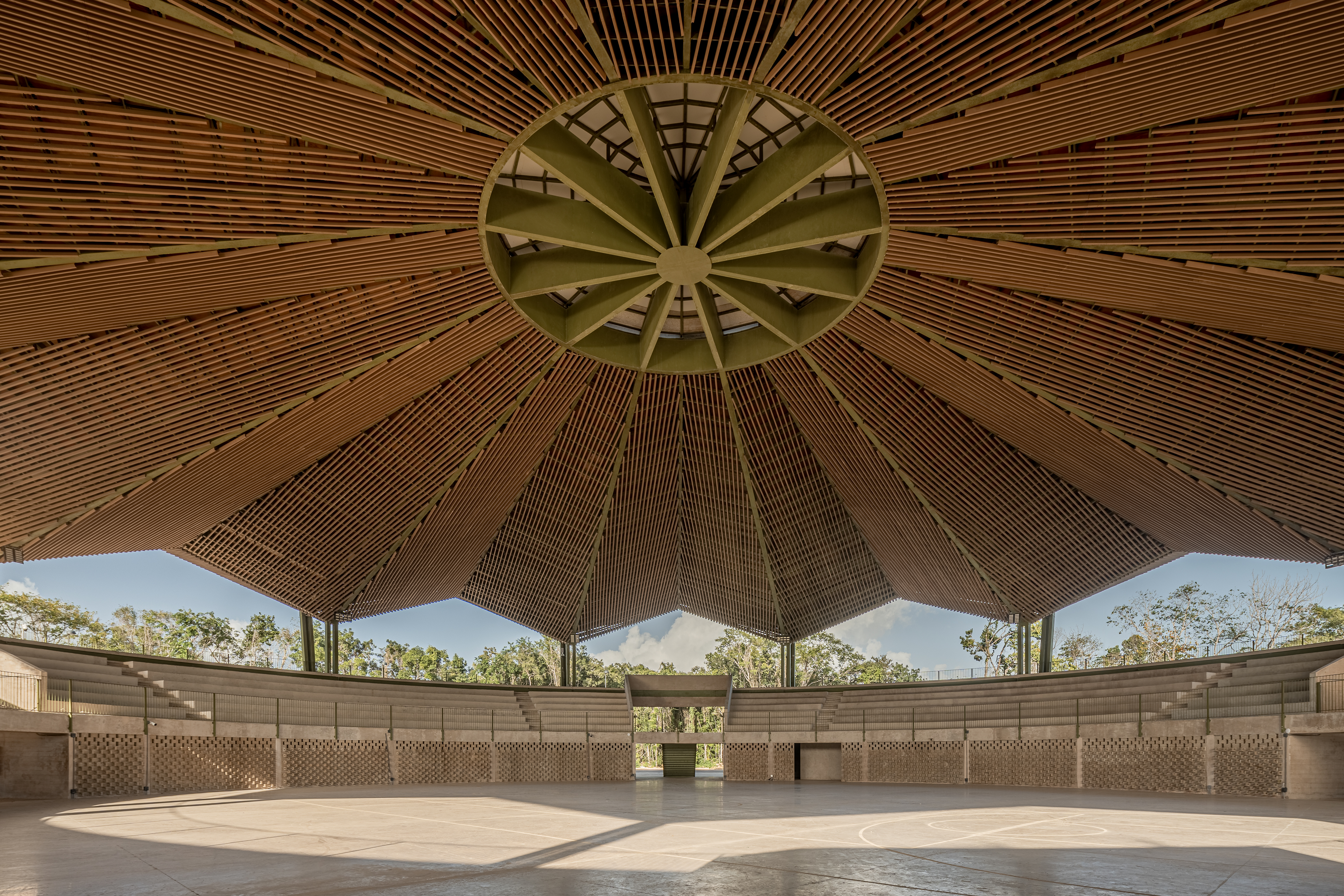 In Quintana Roo, a park mesmerises with its geometric pavilion
In Quintana Roo, a park mesmerises with its geometric pavilionA Mexican events venue in the state of Quintana Roo rings the changes with a year-round pavilion that fosters a strong connection between its users and nature
-
 Casa La Paz is a private retreat in Baja California full of texture and theatrics
Casa La Paz is a private retreat in Baja California full of texture and theatricsLudwig Godefroy designed Casa La Paz in Baja California, Mexico to create deep connections between the home and its surroundings
-
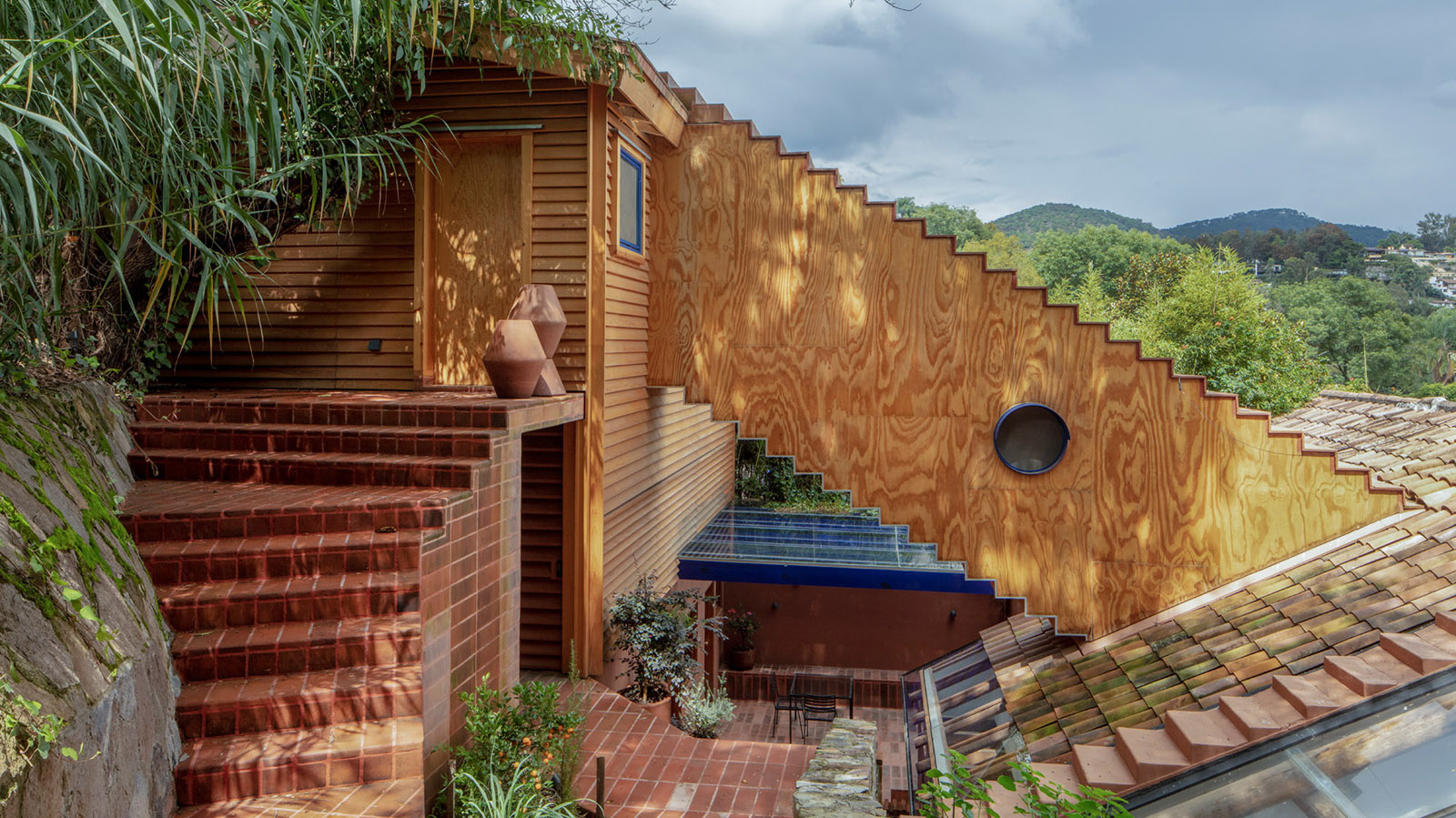 Pedro y Juana's take on architecture: 'We want to level the playing field’
Pedro y Juana's take on architecture: 'We want to level the playing field’Mexico City-based architects Pedro y Juana bring their transdisciplinary, participatory approach to the Mexico pavilion at the Venice Architecture Biennale 2025; find out more
-
 Tour the wonderful homes of ‘Casa Mexicana’, an ode to residential architecture in Mexico
Tour the wonderful homes of ‘Casa Mexicana’, an ode to residential architecture in Mexico‘Casa Mexicana’ is a new book celebrating the country’s residential architecture, highlighting its influence across the world
-
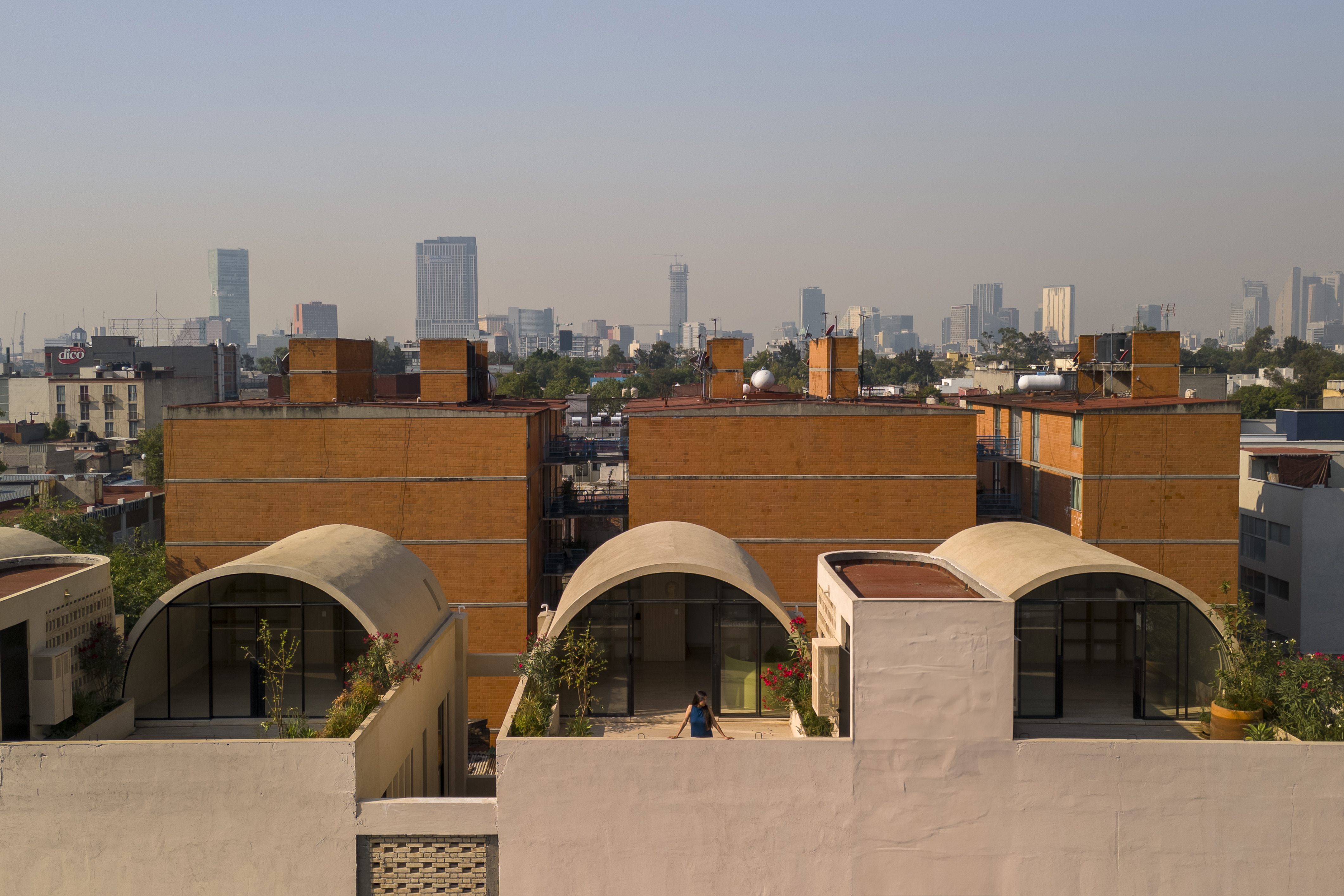 A barrel vault rooftop adds drama to these homes in Mexico City
A barrel vault rooftop adds drama to these homes in Mexico CityExplore Mariano Azuela 194, a housing project by Bloqe Arquitetura, which celebrates Mexico City's Santa Maria la Ribera neighbourhood
-
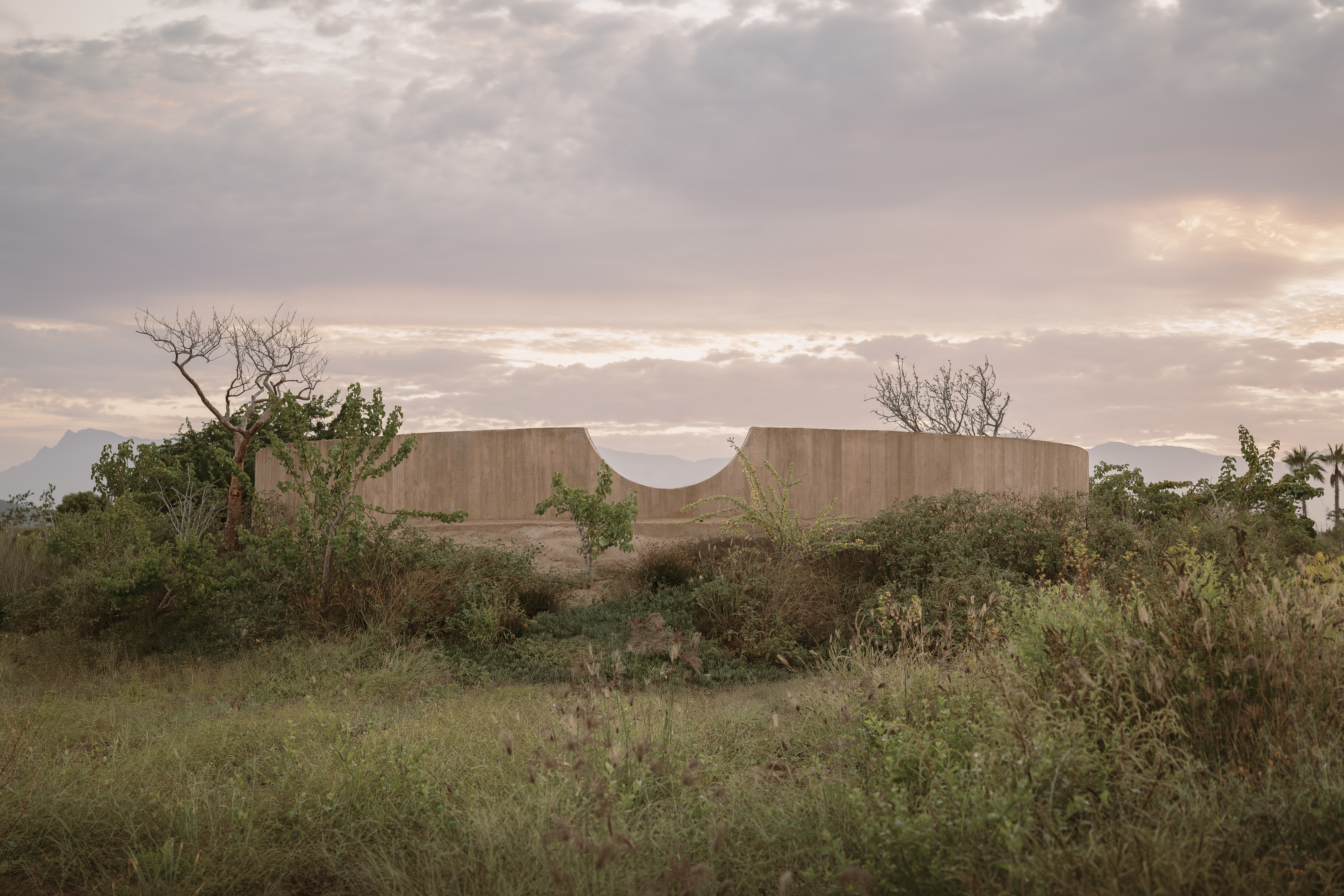 Explore a minimalist, non-religious ceremony space in the Baja California Desert
Explore a minimalist, non-religious ceremony space in the Baja California DesertSpiritual Enclosure, a minimalist, non-religious ceremony space designed by Ruben Valdez in Mexico's Baja California Desert, offers flexibility and calm